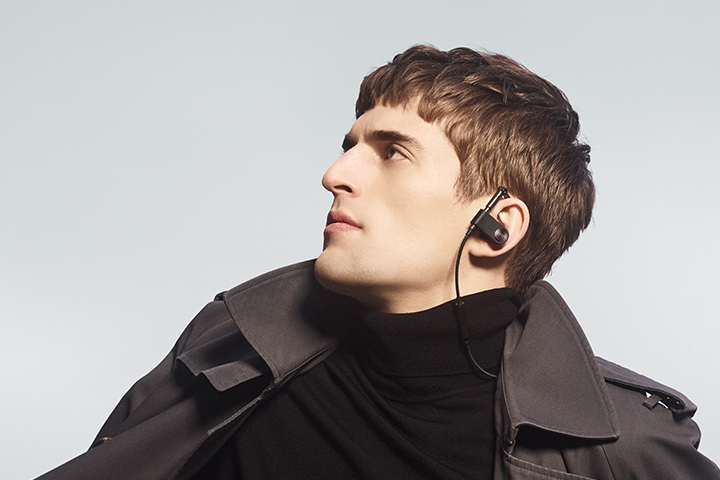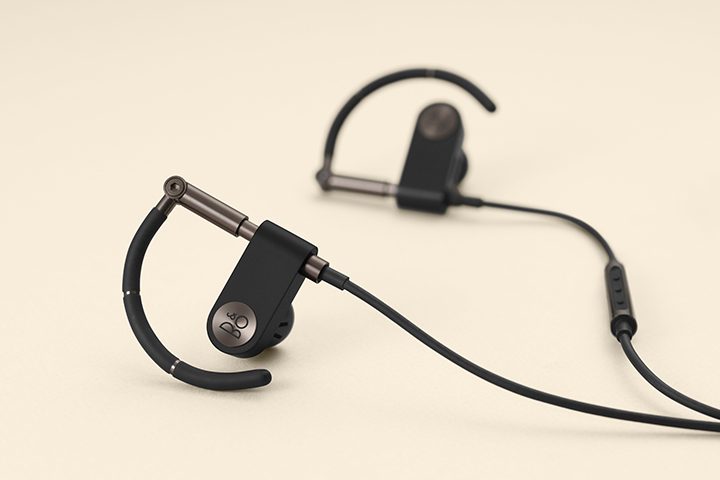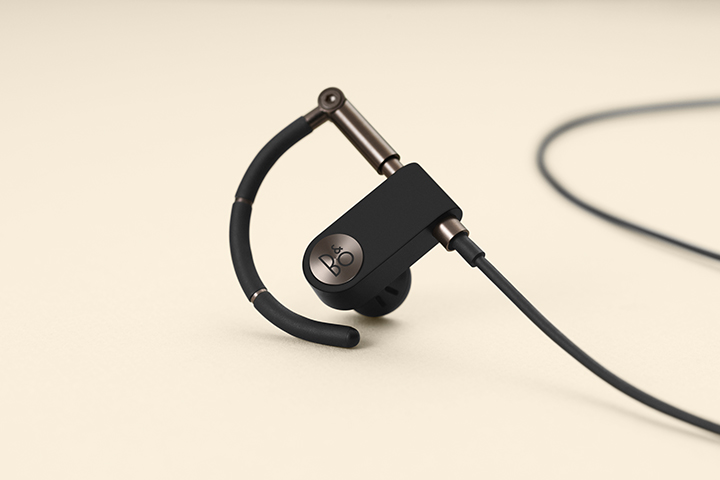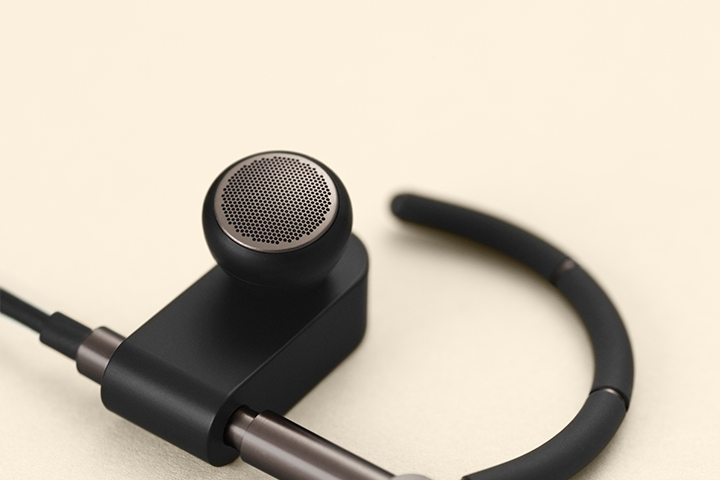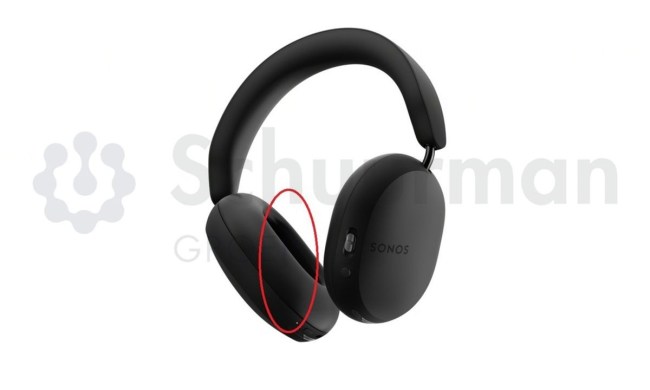Bang & Olufsen has announced a wireless reimagining of the classic Earset headphones as the newest member of its wireless headphones lineup. These wireless in-ears feature an unorthodox look that builds upon the original Earset’s design. Aside from the obvious change from wired to wireless, these changes are primarily to the fit and feel.
The wireless Earset has multiple points of articulation for finding the most comfortable fit for your ears. A telescopic, aluminum piston can be raised or lowered to adjust the height of the soft rubber earhook, the earhook’s curve can be adjusted, and the angle of the 14.2mm driver’s anodized aluminum housing can be moved so it rests in your ear at the optimal angle.
The key word there is rest. Unlike other in-ear headphones, the wireless Earset has been designed to sit just inside your ear, rather than deeper into the ear canal. This is to ensure that you can still hear ambient noise while wearing them. This is helpful for when you need to keep track of your surroundings, but if you’re worried about that sound bleed affecting your music, Bang & Olufsen is confident it won’t be an issue, thanks to the consideration put into how the headphones will fit.
“The challenges we faced with the acoustics back in the ’90s are the same challenges we face today — ergonomics,” Bang & Olufsen executive sound engineer Knud-Erik Lauridsen said in a press release. “For great sound performance, you’ve got to look closely at the ergonomics involved. Moving away from the deeper in-ear fit that was mainly being used at that time, we wanted to adapt the earphone closer to the shape of the ear, so the eartip would sit in the concha of the ear with the housing supported by an earhook.”
The company says that between the open design and 20-20,000Hz frequency range, the wireless Earset could make a good in-ear monitor for musicians. We haven’t tested the wireless Earset yet so we can’t back up any of these claims, but we’re interested to hear just how well this much-touted acoustic engineering holds up.
Beyond the acoustic design and customizable fit, the wireless Earset feature much of the same functionality that you’d expect from wireless, around-the-neck style headphones, such as a three-button inline remote for controlling volume, playback, activating smart assistants on your smartphone (both Siri and Google Assistant are supported), and powering on/off, and an omnidirectional mic is present for phone calls. You’ll be able to connect to your devices via Bluetooth 4.2.
In terms of power, Bang & Olufsen claims the battery life is an estimated five hours, which is notably shorter than the average for
The wireless Earset are available for $300 and can be purchased from the B&O Play online store. Graphite Brown is currently the only color option, but a white option will be available starting June 1. They ship with a USB-A to USB-C charging cable, a carrying pouch, and three pairs of replacement foam earpieces.

